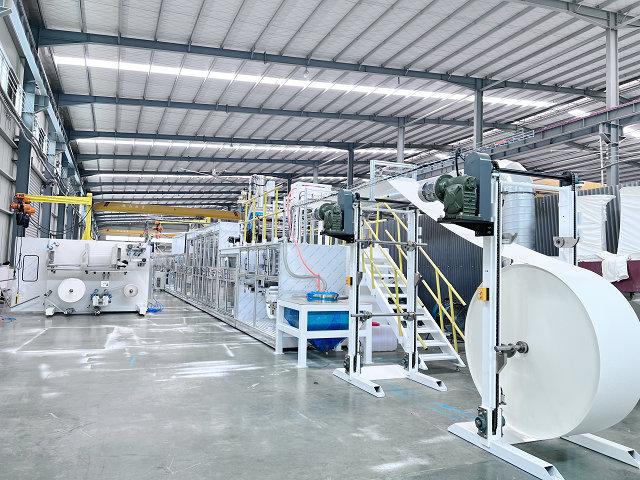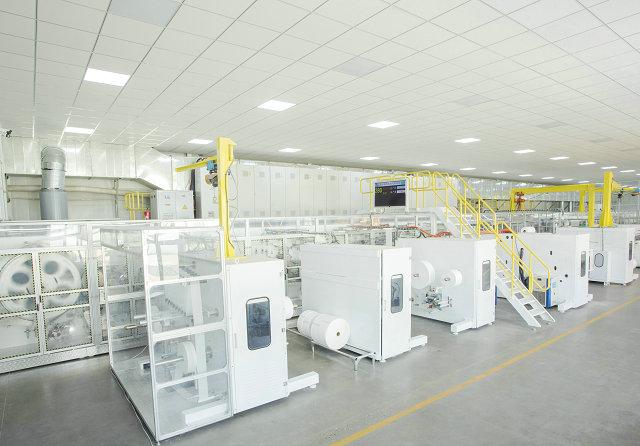Author:Haina Machinery Factory FROM:Diaper Machinery Manufacturer TIME:2023-10-16
The disposable nappy industry is an essential part of the hygiene products sector, catering to the needs of infants and toddlers around the world. With the advancement of technology, disposable nappy machines have become increasingly efficient and sophisticated, capable of producing high-quality products at a rapid pace. However, in order to maximize the potential of these machines and ensure the production of top-notch nappies, it is crucial to possess comprehensive product knowledge. In this article, we will explore the essential product knowledge required for operating a disposable nappy machine.

One of the fundamental knowledge areas for operating a disposable nappy machine is understanding the various materials involved in its production. The main components of a disposable nappy include the outer layer, absorbent core, and inner liner. The outer layer is typically made of a breathable waterproof material such as polyethylene or polypropylene, which prevents leakage while allowing airflow. The absorbent core, responsible for soaking up moisture, is often composed of superabsorbent polymers, fluff pulp, and non-woven fabric. Lastly, the inner liner is designed to keep the baby's skin dry and comfortable, commonly made from non-woven fabric treated with lotions.

To ensure optimal performance of a disposable nappy machine, operators must be familiar with its settings and adjustments. This includes understanding the machine's speed, temperature, tension control, and sensor calibration. The speed setting determines the production rate, while temperature control ensures the proper bonding of materials. Tension control helps maintain evenness and alignment during the production process. Additionally, sensors need to be calibrated accurately to detect material positions, adhesive application, and other critical parameters. Regular monitoring and adjustment of these settings are vital to achieve consistent and high-quality nappy production.

Quality control is crucial in the disposable nappy industry to uphold customer satisfaction and ensure product safety. Operators of disposable nappy machines must be well-versed in conducting quality checks throughout the production process. This includes inspecting the raw materials for any defects or inconsistencies, monitoring the weight and thickness of the nappies, checking for proper adhesive application, and examining the overall product integrity. Furthermore, adherence to regulatory standards and guidelines is essential to meet the safety and performance requirements of disposable nappies.
In conclusion, possessing essential product knowledge is vital when operating a disposable nappy machine. Understanding nappy materials, machine settings and adjustments, as well as implementing quality control measures are all important aspects of ensuring the production of top-quality nappies. By acquiring this knowledge and utilizing it effectively, manufacturers can enhance efficiency, produce superior products, and meet the needs of parents worldwide.
